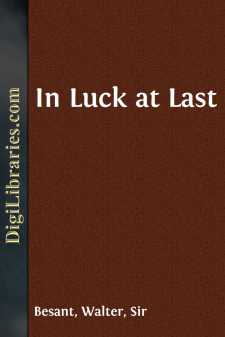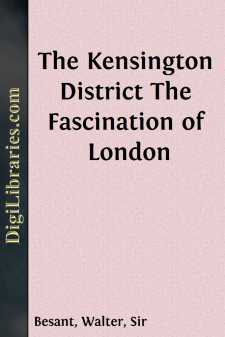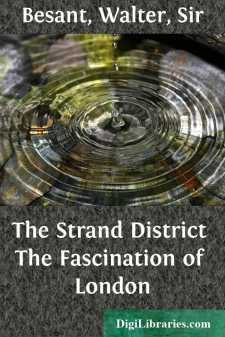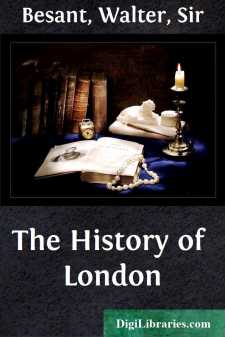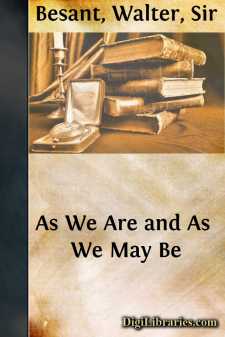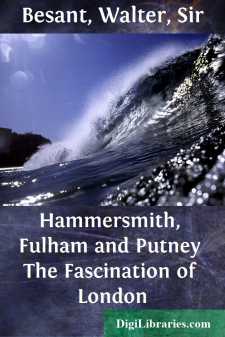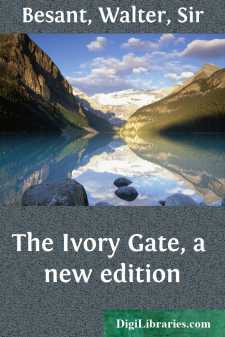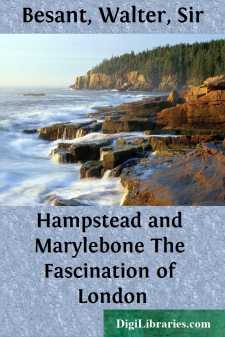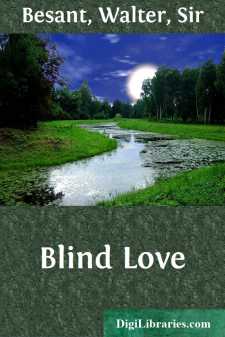Categories
- Antiques & Collectibles 13
- Architecture 36
- Art 48
- Bibles 22
- Biography & Autobiography 813
- Body, Mind & Spirit 142
- Business & Economics 28
- Children's Books 17
- Children's Fiction 14
- Computers 4
- Cooking 94
- Crafts & Hobbies 4
- Drama 346
- Education 46
- Family & Relationships 57
- Fiction 11829
- Games 19
- Gardening 17
- Health & Fitness 34
- History 1377
- House & Home 1
- Humor 147
- Juvenile Fiction 1873
- Juvenile Nonfiction 202
- Language Arts & Disciplines 88
- Law 16
- Literary Collections 686
- Literary Criticism 179
- Mathematics 13
- Medical 41
- Music 40
- Nature 179
- Non-Classifiable 1768
- Performing Arts 7
- Periodicals 1453
- Philosophy 64
- Photography 2
- Poetry 896
- Political Science 203
- Psychology 42
- Reference 154
- Religion 513
- Science 126
- Self-Help 84
- Social Science 81
- Sports & Recreation 34
- Study Aids 3
- Technology & Engineering 59
- Transportation 23
- Travel 463
- True Crime 29
Chelsea The Fascination of London
by: Walter Besant
Description:
Excerpt
PART I
The name Chelsea, according to Faulkner and Lysons, only began to be used in the early part of the eighteenth century. During the sixteenth and seventeenth centuries the place was known as Chelsey, and before that time as Chelceth or Chelchith. The very earliest record is in a charter of King Edward the Confessor, where it is spelt Cealchyth. In Doomsday Book it is noted as Cercehede and Chelched. The word is derived variously. Newcourt ascribes it to the Saxon word ceald, or cele, signifying cold, combined with the Saxon hyth, or hyd, a port or haven. Norden believes it to be due to the word “chesel” (ceosol, or cesol), a bank “which the sea casteth up of sand or pebble-stones, thereof called Cheselsey, briefly Chelsey, as is Chelsey [Winchelsea?] in Sussex.” Skinner agrees with him substantially, deriving the principal part of the word from banks of sand, and the ea or ey from land situated near the water; yet he admits it is written in ancient records Cealchyth—“chalky haven.” Lysons asserts that if local circumstances allowed it he would have derived it from “hills of chalk.” Yet, as there is neither hill nor chalk in the parish, this derivation cannot be regarded as satisfactory. The difficulty of the more generally received interpretation—viz., shelves of gravel near the water—is that the ancient spelling of the name did undoubtedly end in hith or heth, and not in ea or ey.
BOUNDARIES
The dividing line which separated the old parish of Chelsea from the City of Westminster was determined by a brook called the Westbourne, which took its rise near West End in Hampstead. It flowed through Bayswater and into Hyde Park. It supplied the water of the Serpentine, which we owe to the fondness of Queen Caroline for landscape gardening. This well-known piece of water was afterwards supplied from the Chelsea waterworks. The Westbourne stream then crossed Knightsbridge, and from this point formed the eastern boundary of St. Luke’s parish, Chelsea. The only vestige of the rivulet now remaining is to be seen at its southern extremity, where, having become a mere sewer, it empties itself into the Thames about 300 yards above the bridge. The name survives in Westbourne Park and Westbourne Street. The boundary line of the present borough of Chelsea is slightly different; it follows the eastern side of Lowndes Square, and thence goes down Lowndes Street, Chesham Street, and zigzags through Eaton Place and Terrace, Cliveden Place, and Westbourne Street, breaking off from the last-named at Whitaker Street, thence down Holbein Place, a bit of Pimlico, and Bridge Road to the river.
In a map of Chelsea made in 1664 by James Hamilton, the course of the original rivulet is clearly shown. The northern boundary of Chelsea begins at Knightsbridge. The north-western, that between Chelsea and Kensington, runs down Basil and Walton Streets, and turns into the Fulham Road at its junction with the Marlborough Road. It follows the course of the Fulham Road to Stamford Bridge, near Chelsea Station....



